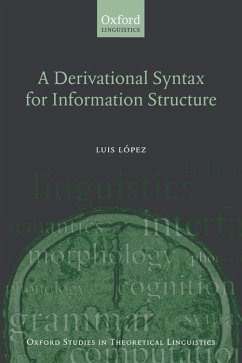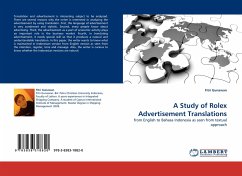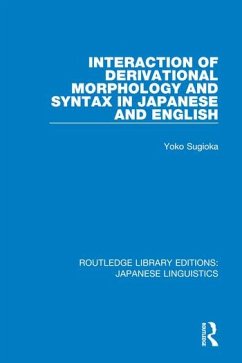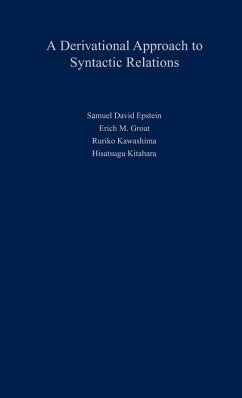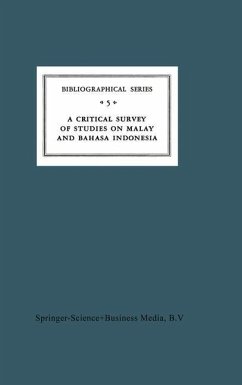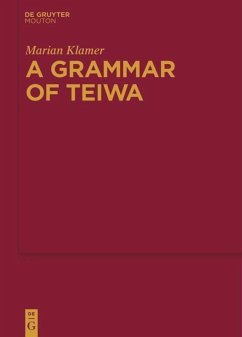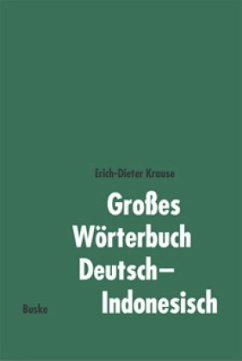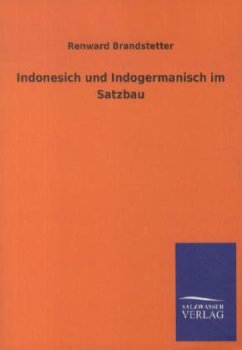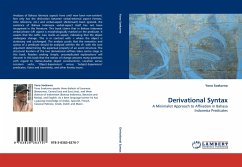
Derivational Syntax
A Minimalist Approach to Affixation in Bahasa Indonesia Predicates
Versandkostenfrei!
Versandfertig in 6-10 Tagen
52,99 €
inkl. MwSt.

PAYBACK Punkte
26 °P sammeln!
Analyses of Bahasa Idonesia aspects have until now been non-existent. Not only has the distinction between verbal-external aspect ('tenses', time reference, etc.) and verbal-aspect (Aktionsart) been ignored, the existence of Bahasa Indonesia verbal-aspect itself has not been recognised in the literature. This book claims that in Bahasa Indonesia verbal phrase (vP) aspect is morphologically marked on the predicate. It asserts that the suffix -kan marks an aspect, indicating that the object undergoes change. This is in contrast with -i where the object is stationary and unchanged. The analysis p...
Analyses of Bahasa Idonesia aspects have until now been non-existent. Not only has the distinction between verbal-external aspect ('tenses', time reference, etc.) and verbal-aspect (Aktionsart) been ignored, the existence of Bahasa Indonesia verbal-aspect itself has not been recognised in the literature. This book claims that in Bahasa Indonesia verbal phrase (vP) aspect is morphologically marked on the predicate. It asserts that the suffix -kan marks an aspect, indicating that the object undergoes change. This is in contrast with -i where the object is stationary and unchanged. The analysis posits that the semantics and syntax of a predicate should be analysed withhin the vP, with the core argument determining the aspectual property of an event structure. The structural location of the two derivational suffixes takes centre stage in this book. Readers seeking 'simple, uncomplicated explanations' will discover in this book that the notion of change answers many questions with regard to 'dative-double object constructions', Location versus Locatum verbs, 'Object-Experiencer' versus 'Subject-Experiencer' predicates, Voice and transitivity, and other knotty issues.



